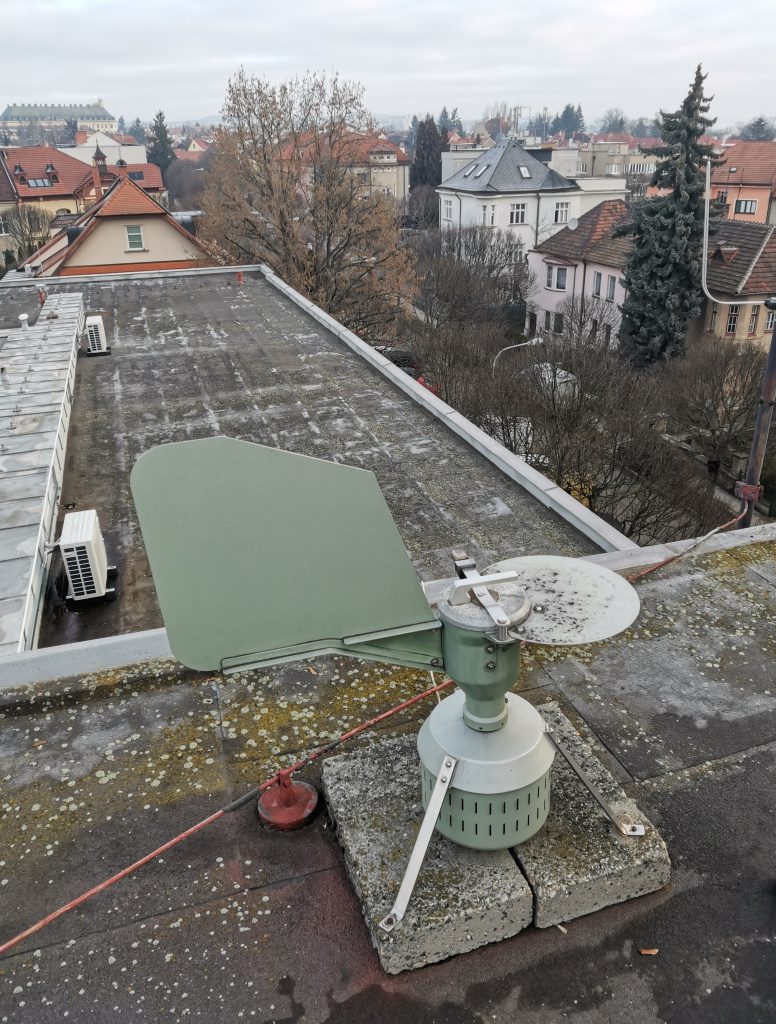Especially after the last few COVID-affected years, nobody doubts that emerging infectious diseases can threaten the whole world. But humans are not the only ones at risk! With intensive global trade, many tree parasites are accidently introduced to Europe in packaging or directly on goods. Traveling in the wood, on plants or in the soil of their pots, they can remain undetected for a long time.
“Forms of life of parasitic fungi are extremely diverse and very often practically invisible,” says Dr Miloň Dvořák of the Department of Forest Protection and Wildlife Management at Mendel University in Brno, Czechia. “An infected tree may look completely healthy for some time, which complicates the control of the disease enormously. It reminds me of the ancient Trojan Horse, where European trees are so surprised, defenceless, and later defeated, like the Trojan warriors.”
How can an infected tree look healthy and then suddenly get sick? “Like in the human body, in trees too, the trigger can be stress,” explains Dr Dvořák. The tolerance of trees to a pathogenic fungus turns lower under the conditions of changing climate and so the tree starts to die of the disease.
One typical example of such a disease is the Sooty Bark Disease (SBD) on maples, caused by a microscopic fungus called Cryptostroma corticale. “The fungus was probably introduced to Europe during the Second World War and for the rest of the 20th century we did not hear much about it,” says Dr Dvořák.

The situation has changed and over the last twenty years the fungus has been reported more and more often. After dry and hot periods, the trees start to die of the infection, which is accompanied by the creation of brown-black masses of “soot” under the peeling bark of the maples.
The “soot” is in fact spores, which help the fungus spread and infect other trees. It is harmful for wounded trees, but it can also cause hypersensitivity pneumonitis in humans.
So, the species became a target for a group of phytopathologists gathered by an European HORIZON 2020 project entitled “Holistic management for emerging forest pests and diseases (HOMED)”. Scientists from six countries (Czechia, France, Italy, Portugal, Sweden and Switzerland), including Dr Dvořák, decided to develop a precise, DNA based (real-time PCR) diagnostic method to detect and monitor the pathogen in air samples. They published their method, the outcomes of its use, and their new findings about SBD epidemiology in the open-access journal NeoBiota.

How to look for DNA in air samples? Simple devices called volumetric air samplers can suck the air against a piece of sticky tape, where every particle gets stuck and can be analyzed. “These devices are not really cheap, moreover, they demand regular maintenance,” explains Dr Dvořák. “But, actually, they are in common and regular use in the whole of Europe – remember the weather forecast, particularly that part about the “pollen report” for allergic people. This forecast is based on data of more than 600 stations united by the European Aeroallergen Network (EAN). Every station permanently maintains one volumetric air sampler and keeps an archive of the samples.”
The HOMED team got in contact with their national EAN collaborators and processed their samples with molecular techniques (real-time PCR).
Thanks to this sensitive detection method, the survey among samples was very successful. The “sooty” fungus was found in air samples from countries where the disease has been reported, and, in a more detailed study in France, the pathogen was found in the air 310km from currently diseased trees! This result suggests that the fungus can disperse long distances by wind.

“Our results show that the SBD disease is at an exponentially increasing phase in France and Switzerland with an increase in the magnitude of the number of disease cases that peaks following a marked water deficit,” the researchers write in their study. They hope that early aerial detection of C. corticale in disease-free countries could help implement more efficient measures for SBD detection and eradication in the field.
“This European experiment fully confirmed the potential of this approach to monitor the pathogen’s outbreaks in early stages of its spread,” concludes Dr Dvořák.
Research article:
Muller E, Dvořák M, Marçais B, Caeiro E, Clot B, Desprez-Loustau M-L, Gedda B, Lundén K, Migliorini D, Oliver G, Ramos AP, Rigling D, Rybníček O, Santini A, Schneider S, Stenlid J, Tedeschini E, Aguayo J, Gomez-Gallego M (2023) Conditions of emergence of the Sooty Bark Disease and aerobiology of Cryptostroma corticale in Europe. In: Jactel H, Orazio C, Robinet C, Douma JC, Santini A, Battisti A, Branco M, Seehausen L, Kenis M (Eds) Conceptual and technical innovations to better manage invasions of alien pests and pathogens in forests. NeoBiota 84: 319-347. https://doi.org/10.3897/neobiota.84.90549
Follow NeoBiota on Facebook and Twitter. Follow the HOMED project on Twitter.










